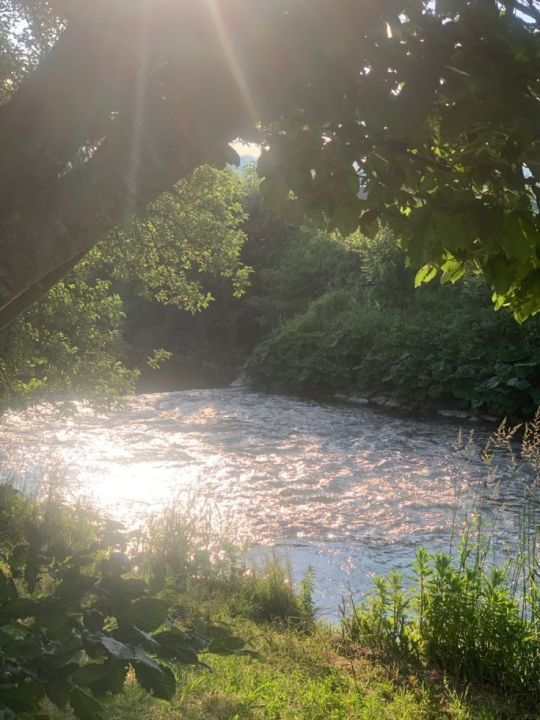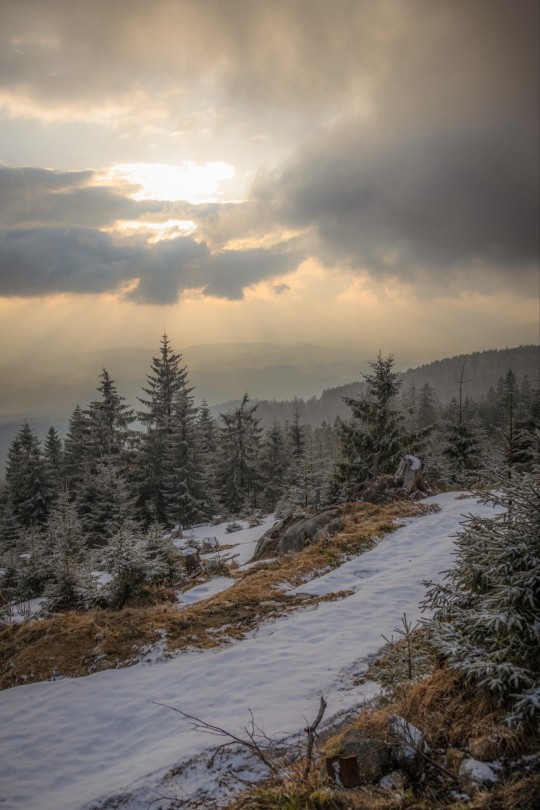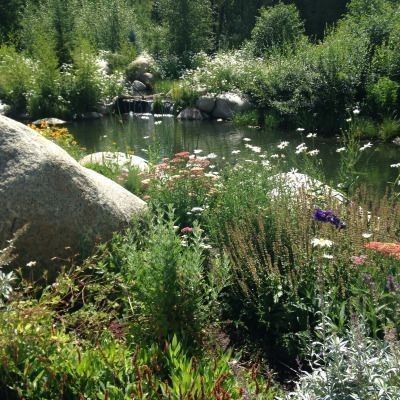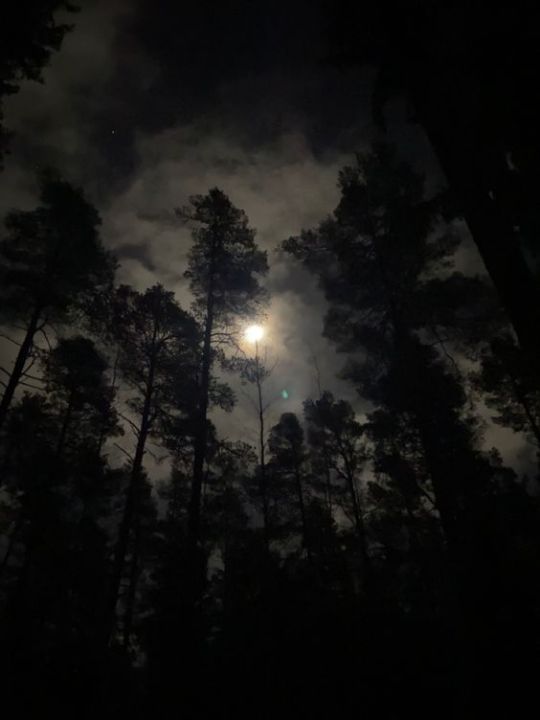Text



Shingeki no Kyojin: The Final Season - Kanketsu-hen
3K notes
·
View notes
Photo

Lago di Carezza by Kyle Bonallo (ig: @kylebonallo)
2K notes
·
View notes
Photo

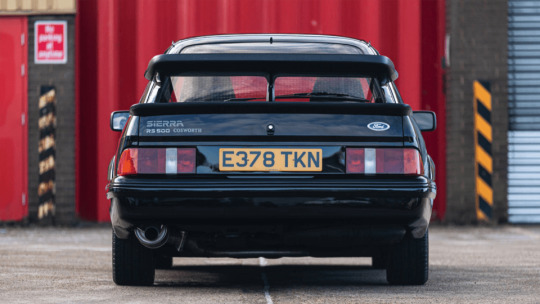

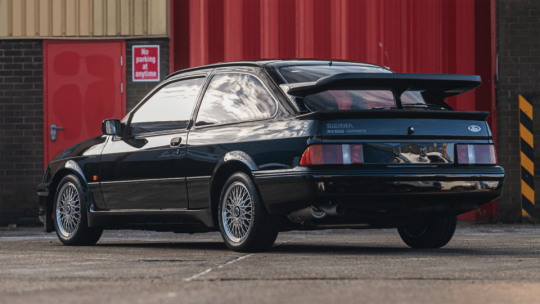

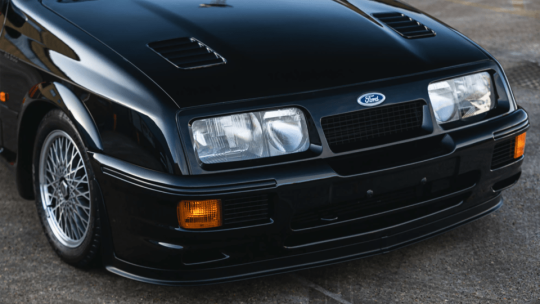
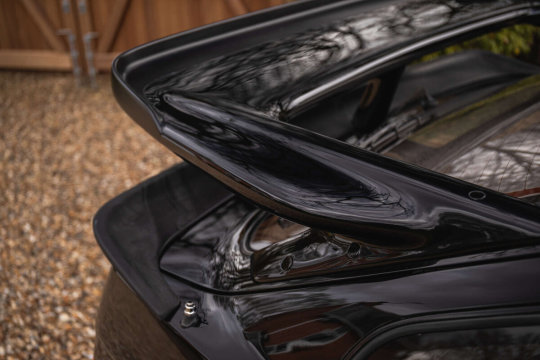



Ford Sierra RS500 Cosworth (1 of 500).
The Ford Sierra RS500 Cosworth was built with one aim only – to defeat the rampant Rover SD1s in Group A touring cars. The rules mandated that 5000 road cars had to be built, plus a 500 extra examples with modifications that could be utilised by the race teams. For the RS500, these included a reinforced cast-iron cylinder block, a bigger Garrett AiResearch T04 turbo, a larger air-to-air intercooler, oil-cooled pistons plus upgraded air hoses and oil, water and fuel pumps. A second set of four Weber IW025 fuel injectors came with the car for competition use (adding up to a total of two per cylinder), but these weren’t connected to the ECU on road-going RS500s. The ECU itself was remapped, while there was also a bigger intake plenum and a secondary fuel rail; the addition of the latter two items necessitated that the battery tray be altered by Tickford, which was charged with making the conversions to RS500s. It’s rumoured that the battery trays were altered by use of a hacksaw…
Further changes included a slightly different thermostat housing and alternator bracket, while the front bumper was altered with a slim air intake above the numberplate and the foglights were ditched for extra cooling ducts. The enormous rear spoiler was augmented with a thicker trailing edge and a secondary spoiler added below this.While all these changes made only a modest difference to the road machine, bringing horsepower up from 204bhp to 224bhp, the car sold out in August 1987. It pretty soon became the model to have for outright race wins in Group A touring cars. The engine, a four-cylinder Pinto, made just 90bhp in unturbocharged form. In 1987, the Sierra Cosworth was making 370bhp, but the RS500 took this to 470bhp. Further racing enhancements from the likes of Rudi Eggenberger in Germany, Andy Rouse in the UK and Dick Johnson in Australia boosted this to 500bhp and beyond in just a few years. When the RS500 finally bowed out in 1992, Dick Johnson had the motor up to a rumoured 600bhp.
71 notes
·
View notes


